To Understand Learners, Use Portraits Not Profiles
 By Barbara R. Blackburn
By Barbara R. Blackburn
As I was writing my book Rigor and Differentiation in the Classroom, I saw two pictures that helped me think about this topic. The first was an image of a young child, captured in profile.
Although it was a nice picture, I didn’t have a full view of the boy. Arranged beside this image was another picture of the same boy, this time in a portrait mode. I could see all of his face, and it gave me a better representation of who he was.
As I reflected on these two depictions of the same child, it struck me that portraits are far more helpful than profiles in terms of understanding who someone is. It’s true in pictures and it’s true in the the way we capture and represent what we know about learners.
Although there is a wide range of information to consider as we work to build an accurate portrait of any learner, here we’re going to focus on three areas you may not have thought about.
Culture
Culture is an important part of building a portrait of your students. One of the biggest misconceptions about addressing students’ cultural needs is thinking that mentioning a student’s culture, such as reading about a famous Hispanic figure, is enough. Being responsive to students’ cultures encompasses many areas, from your own beliefs, to understanding and responding to your students’ world view.
For example, a common cultural tradition that cuts across many racial groups such as African American, Latino, Southeast Asian, and Pacific Islander communities, is the use of oral language.
Oftentimes, story telling is a critical part of how members of a culture learn. They may use memory strategies to make learning stick, like connecting what needs to be remembered to a rhythm or music (which is why the ABC song is so popular). If we understand this, we can use that information to help all students learn.
Maslow’s Hierarchy of Needs
Abraham Maslow (1943) identified a hierarchy of needs that people experience.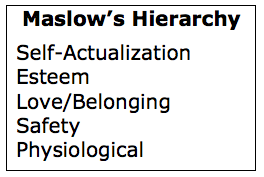
As you see, his work applies to student learning. Let’s adapt his material a bit to consider at how this might look in class. Our goal is self-actualization, where students are motivated to make learning their top priority. But notice all the other learning needs that must be met.
Social and Emotional Learning
We are continuing to learn about the importance of social and emotional learning related to academic learning. There are five areas of social-emotional learning.

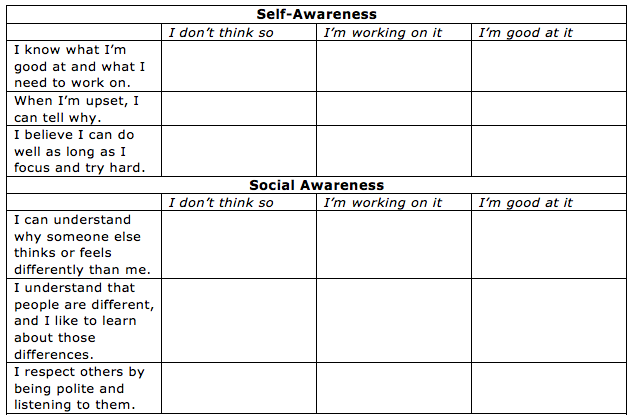 View and download the complete chart here.
View and download the complete chart here.A Final Note
Understanding all aspects of a student’s learning is critical for us to ensure student success. Although we typically consider areas such as readiness or ability, including culture, Maslow’s Hierarchy of Needs, and Social and Emotional Learning provides more depth.
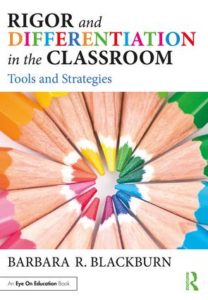

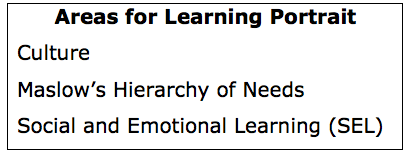
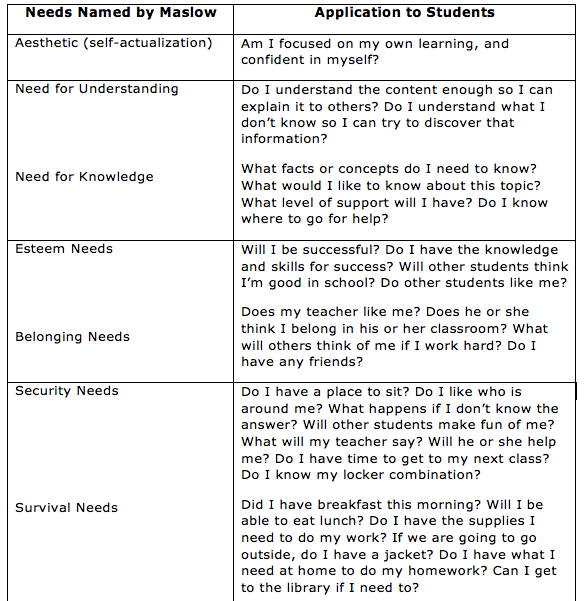


































What an incredible method for connecting with students! I love the idea of moving from profile to portrait. Thanks for the comprehensive charts to aid teachers and students in identifying areas that need more attention. I’d like to share this with teachers everywhere.